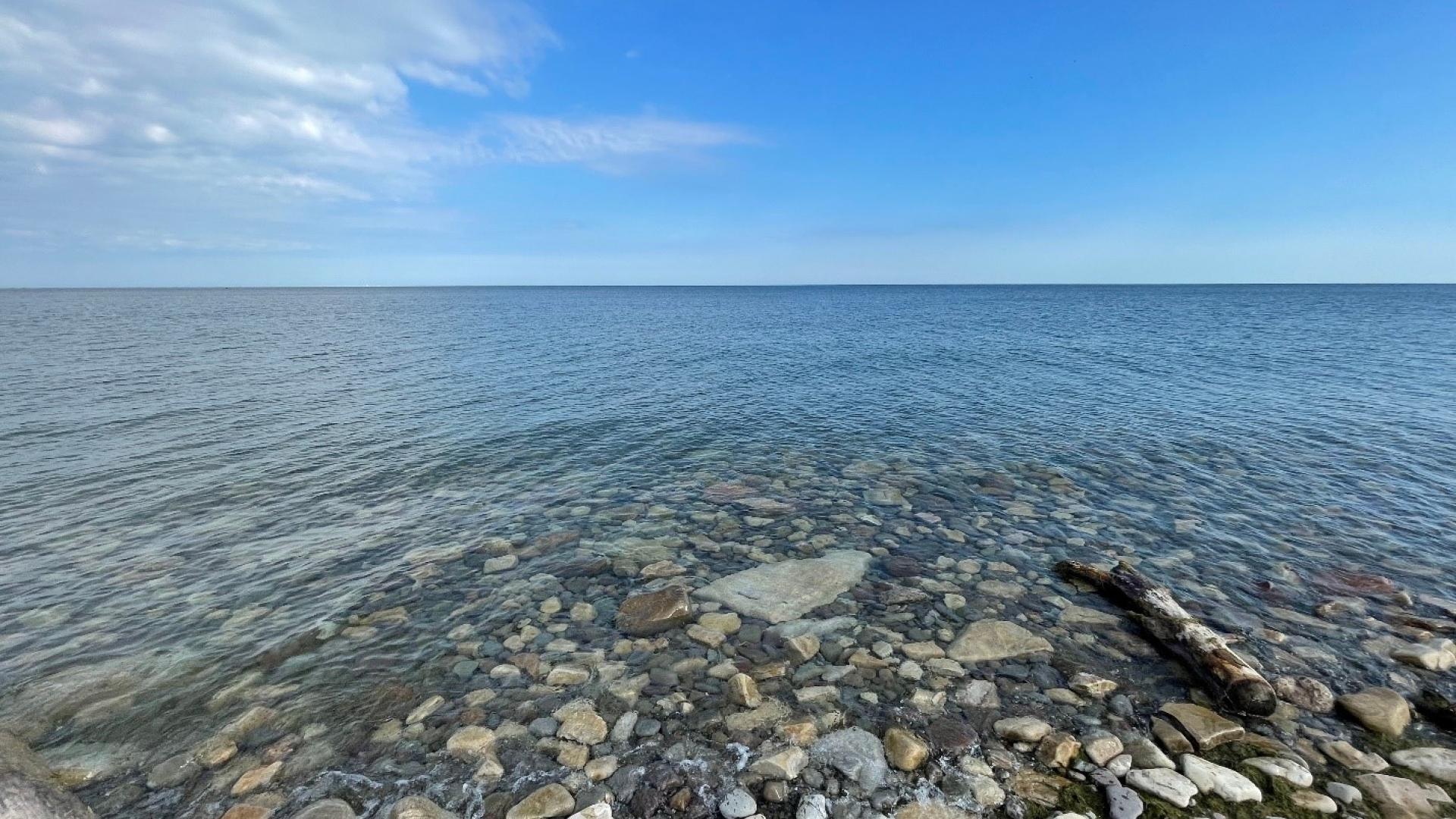
Between climate change and ever-shifting land use along the shores of Lake Ontario and the St. Lawrence River, it’s important to periodically study whether changes to the Lake Ontario outflow regulation plan should be considered.
Since 2020, the Great Lakes-St. Lawrence River Adaptive Management (GLAM) Committee has been hard at work on its Expedited Review of Plan 2014, the regulation plan for the outflows from Lake Ontario, launched following major flooding events in 2017 and 2019.
The GLAM Committee completed Phase 1 of the review in November 2021. Phase 1 focused on providing the International Lake Ontario-St. Lawrence River Board with information and tools to support short-term deviation decisions for Plan 2014 in response to high water events. Since then, the GLAM Committee has been focused on an examination of Plan 2014’s performance in response to extreme high and low water levels and the variability exacerbated by climate change.
Phase 2 of the expedited review is collecting information necessary for the board to make a recommendation to the IJC on minor or major revisions to Plan 2014 rules and deviation authorities. The review is using the same objectives as those established during the creation of Plan 2014, which included objectives to restore ecosystem health while limiting impacts to other interests.
Phase 2 features multiple working groups collaborating to develop and test possible modifications to the regulation plan.
For example, a hydroclimate group is modeling how climate change may impact future water supplies into Lake Ontario and the St. Lawrence River so that modifications to the outflow regulation plan can be tested under a variety of conditions. Other groups are improving models used to simulate water movement through the Great Lakes and St. Lawrence River, and capture impacts of regulation plan changes under a range of possible future supply conditions.
Additionally, an Integrated Social, Economic and Environmental system model is being developed for the Expedited Review of Plan 2014. Similar models have been used in other IJC water levels studies and are designed to estimate how different conditions and management strategies will impact the things people care about—such as shoreline infrastructure, shipping, ecosystems and recreational uses.
To estimate specific impacts and represent the sensitivity of users to various water level and flow conditions, the GLAM Committee is assessing hydrologic attributes such as the frequency, duration and timing of water levels and flows at different points in the system. The GLAM Committee is also considering the types of impacts experienced within various water level ranges, as well as specific performance indicators, which measure the potential impacts of differing water levels and flows to various uses such as municipal water supplies, shoreline properties and infrastructure, commercial shipping, hydropower production, recreational uses, Indigenous communities and ecosystems (wetlands, fish and wildlife).
Finally, computer models reflecting different regulation plans and potential climate change conditions are combined with the hydrologic attributes, impact ranges and performance indicators. This way, the GLAM Committee can get an idea how each of these scenarios may impact the lake, river and the various affected interests. In turn, this will help identify if potential revisions to the plan meet or exceed objectives compared to the existing Plan 2014.
At the conclusion of the expedited review, the board, with the support of the GLAM Committee, will present a report of its findings and recommendations to the IJC, expected in the spring of 2025. Any recommendations coming from the board to the IJC need to comply with the 1909 Boundary Waters Treaty and align with the basic structure of the current Plan 2014. The board may recommend changes to Plan 2014, which would need to be approved by the IJC and agreed to by the governments of Canada and the United States after a public comment period.
To learn more, check out these fact sheets:

Kevin Bunch is a writer-communications specialist at the IJC’s US Section office in Washington, D.C.




